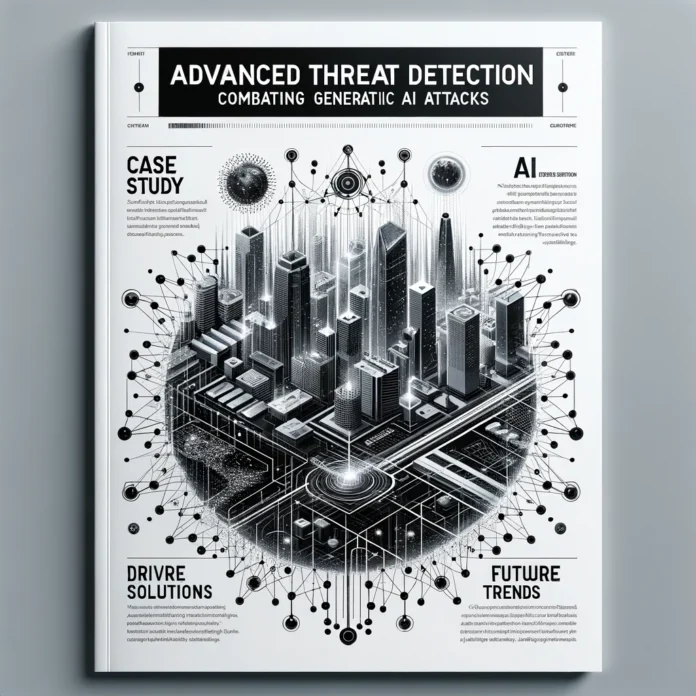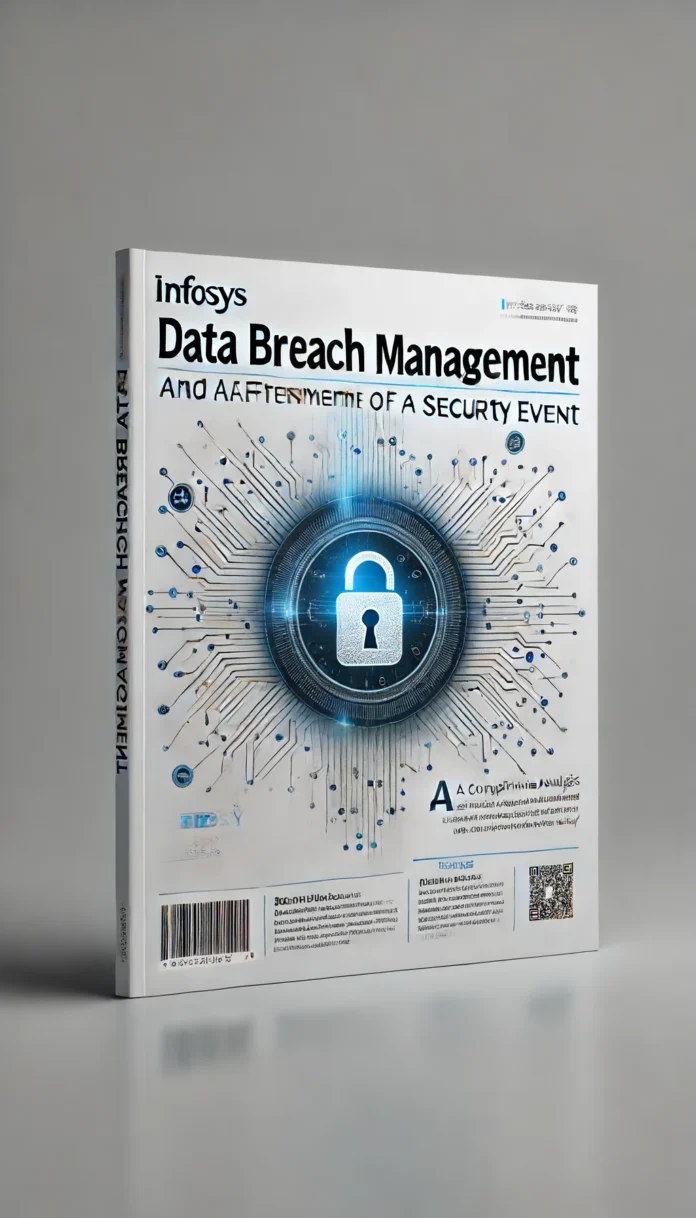In today’s rapidly evolving digital landscape, organizations face increasing challenges in managing IT compliance risks. Regulatory requirements are more stringent, and the penalties for non-compliance can be severe, impacting both financial health and reputation. Effective IT risk management solutions are crucial in mitigating these risks and ensuring that organizations meet compliance standards. This article explores how to reduce compliance risks through robust IT risk management solutions, detailing their components, implementation strategies, and providing specific, in-depth examples.
Understanding IT Compliance Risks
IT compliance risks refer to the potential for failing to adhere to laws, regulations, and guidelines related to information technology. These risks can result from various factors, including data breaches, inadequate data protection measures, and non-compliance with industry-specific regulations like GDPR, HIPAA, or SOX. The consequences of non-compliance can include hefty fines, legal actions, and loss of customer trust.
Key Components of Effective IT Risk Management Solutions
Effective IT risk management solutions encompass several key components:
- Risk Assessment and Analysis:
- Identification: Catalog all potential compliance risks associated with IT systems.
- Evaluation: Assess the likelihood and impact of each risk.
- Prioritization: Rank risks based on their severity and the organization’s ability to mitigate them.
- Policy Development and Enforcement:
- Policy Framework: Develop comprehensive IT policies that align with regulatory requirements.
- Enforcement Mechanisms: Implement systems and procedures to ensure adherence to these policies.
- Incident Response and Management:
- Preparedness: Establish a response plan for potential IT compliance breaches.
- Response: Execute the plan effectively when an incident occurs, minimizing impact.
- Continuous Monitoring and Auditing:
- Monitoring: Use automated tools to continuously monitor IT systems for compliance.
- Auditing: Regularly audit IT processes and systems to ensure ongoing compliance.
- Training and Awareness:
- Employee Training: Educate employees on compliance requirements and best practices.
- Awareness Programs: Promote a culture of compliance within the organization.
Implementation Strategies for IT Risk Management Solutions
Implementing effective IT risk management solutions involves a strategic approach:
- Adopting a Risk-Based Approach: Focus on areas with the highest compliance risks. Use risk assessments to guide resource allocation and prioritize actions.
- Leveraging Technology Solutions: Utilize advanced technologies such as Artificial Intelligence (AI) and Machine Learning (ML) for real-time monitoring and predictive analytics. Tools like Security Information and Event Management (SIEM) systems can provide valuable insights and automate compliance monitoring.
- Integrating Compliance into Business Processes: Ensure that compliance requirements are embedded into everyday business processes. This can be achieved by aligning IT governance frameworks with business objectives and regulatory standards.
- Collaboration and Communication: Foster collaboration between IT, legal, and business units to ensure comprehensive compliance management. Effective communication channels are essential for reporting and resolving compliance issues promptly.
In-Depth Examples of Effective IT Risk Management
Example 1: Healthcare Sector and HIPAA Compliance
A leading healthcare provider implemented a comprehensive IT risk management solution to comply with HIPAA regulations. This involved:
- Conducting a thorough risk assessment to identify potential vulnerabilities.
- Developing and enforcing robust data protection policies.
- Utilizing encryption and access control measures to safeguard patient data.
- Establishing an incident response team trained to handle data breaches.
- Implementing continuous monitoring tools to detect any deviations from compliance standards.
The result was a significant reduction in data breaches and improved compliance with HIPAA, enhancing patient trust and operational efficiency.
Example 2: Financial Services and GDPR Compliance
A multinational financial institution faced challenges in complying with GDPR. They adopted a multi-faceted IT risk management strategy, which included:
- Performing a detailed risk analysis to identify personal data processing activities.
- Implementing data anonymization and pseudonymization techniques.
- Establishing a data governance framework to ensure data integrity and confidentiality.
- Conducting regular compliance audits and employee training sessions.
- Deploying AI-driven monitoring tools to proactively identify and mitigate compliance risks.
This approach not only ensured GDPR compliance but also streamlined data management processes, resulting in better customer data protection and reduced regulatory fines.
Current Statistical Data on Compliance and Risk Management
According to the 2023 Ponemon Institute report, organizations with comprehensive IT risk management programs experienced:
- A 42% reduction in data breach costs compared to those without such programs.
- An average compliance improvement of 35%, resulting in fewer regulatory penalties.
- Enhanced incident response times, reducing the impact of compliance breaches by 50%.
Furthermore, a Gartner survey revealed that 70% of organizations leveraging AI and ML for compliance monitoring reported improved accuracy and efficiency in detecting compliance issues.
Conclusion
Reducing compliance risks with effective IT risk management solutions is imperative in today’s regulatory environment. By understanding the components, implementation strategies, and leveraging real-world examples, organizations can build robust systems to mitigate risks and ensure compliance. Continuous monitoring, employee training, and integrating compliance into business processes are essential steps toward achieving this goal. Adopting advanced technologies can further enhance these efforts, leading to better protection of sensitive data and regulatory adherence.





